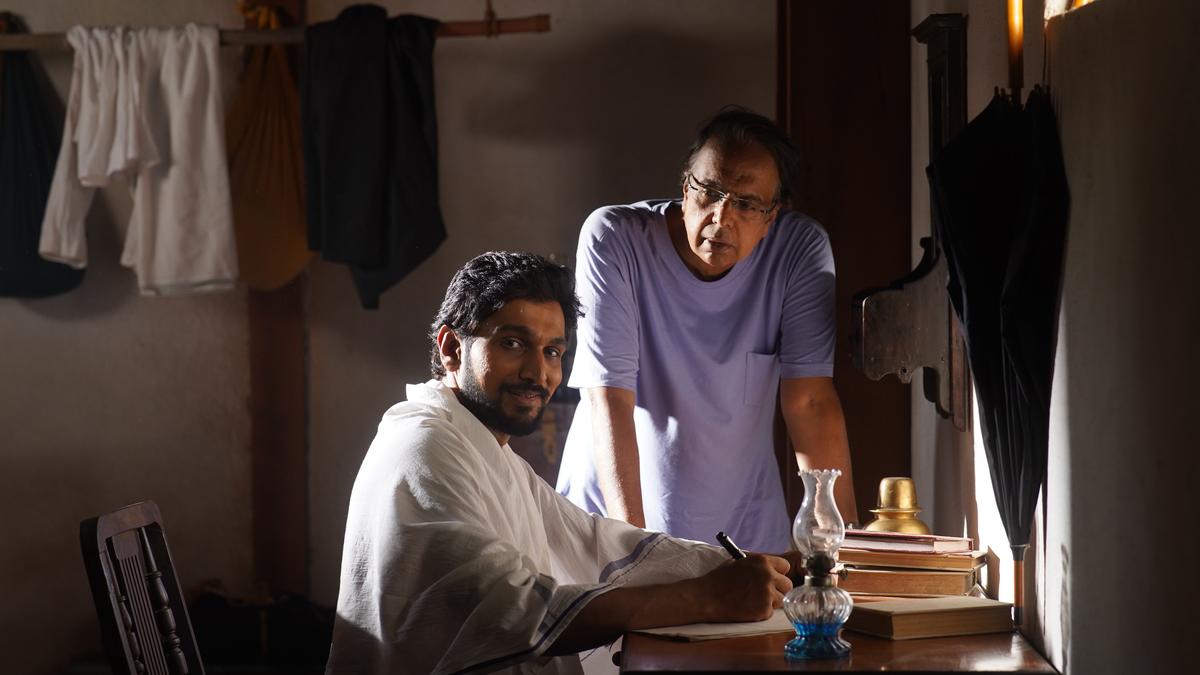
Censoring change: How Bollywood’s elite resist caste-conscious cinema Premium
The Hindu
Censoring change: How Bollywood’s elite resist caste-conscious cinema
Hindi cinema, dominated by profit-driven masala films, often glorifies social elites while sidelining Dalit-Bahujan identities and their concerns. Mainstream Bollywood, criticised for promoting patriarchal and casteist stereotypes, rarely embraces cinema as a tool to challenge social injustices. Additionally, it tends to uphold the cultural and political agendas of traditional social elites while avoiding engaging with Dalit-Bahujan narratives and their social experiences. Popular cinema hesitates to embrace cinema as a platform for artistic and creative exploration that would unearth orthodox social practices and sensitise the audience about it.
In recent years, mainstream Hindi cinema has seen rare but significant attempts to challenge Bollywood’s stereotypical narratives through films like Article 15, which exposes caste atrocities through a police officer’s awakening, and Dhadak, which subtly weaves caste into a tragic romance, signal a shift toward socially aware storytelling. Other films like Shamshera and Veda, which address issues of caste oppression and present robust Dalit protagonists to fight such social ills, are crucial additions.
This emerging genre has carved out a peripheral yet vital space for films that expose societal injustices and advocate for reform, offering a vision of a more equitable society. Such efforts should be celebrated and supported, but the industry’s conventional ruling elites have largely distanced themselves from this shift.
Instead, these films are often criticised as threats to the dominance of social elites, accused of disrupting social harmony by foregrounding Dalit-Bahujan symbols and narratives.
The recent controversy surrounding Phule, marked by the Central Board of Film Certification (CBFC) censorship of caste-related content, exemplifies a deliberate effort to suppress stories that dare to challenge the social and political dominance of the governing elite, highlighting the ongoing resistance to transformative cinema.
This new site of cinema making is an innovative improvisation as it brings stories of vulnerable social groups and provides them a dignified mantle. This genre has introduced the iconic figures of Babasaheb Ambedkar and Mahatma Jyotiba Phule to the silver screen as their ideas and values too are influencing the narrative practices of Cinema and are getting much more resonance on the silver screen today.
The regional cinema (especially Tamil and Marathi) has offered impressive artistic cinema (like Sairat, Jayanti, Kabali, Asuran etc.,) that not only entertains the audience with its creative narratives but also educates them about the issues of social dignity and the need to fight against oppressive Brahmanical orthodoxy.

 Run 3 Space | Play Space Running Game
Run 3 Space | Play Space Running Game Traffic Jam 3D | Online Racing Game
Traffic Jam 3D | Online Racing Game Duck Hunt | Play Old Classic Game
Duck Hunt | Play Old Classic Game











